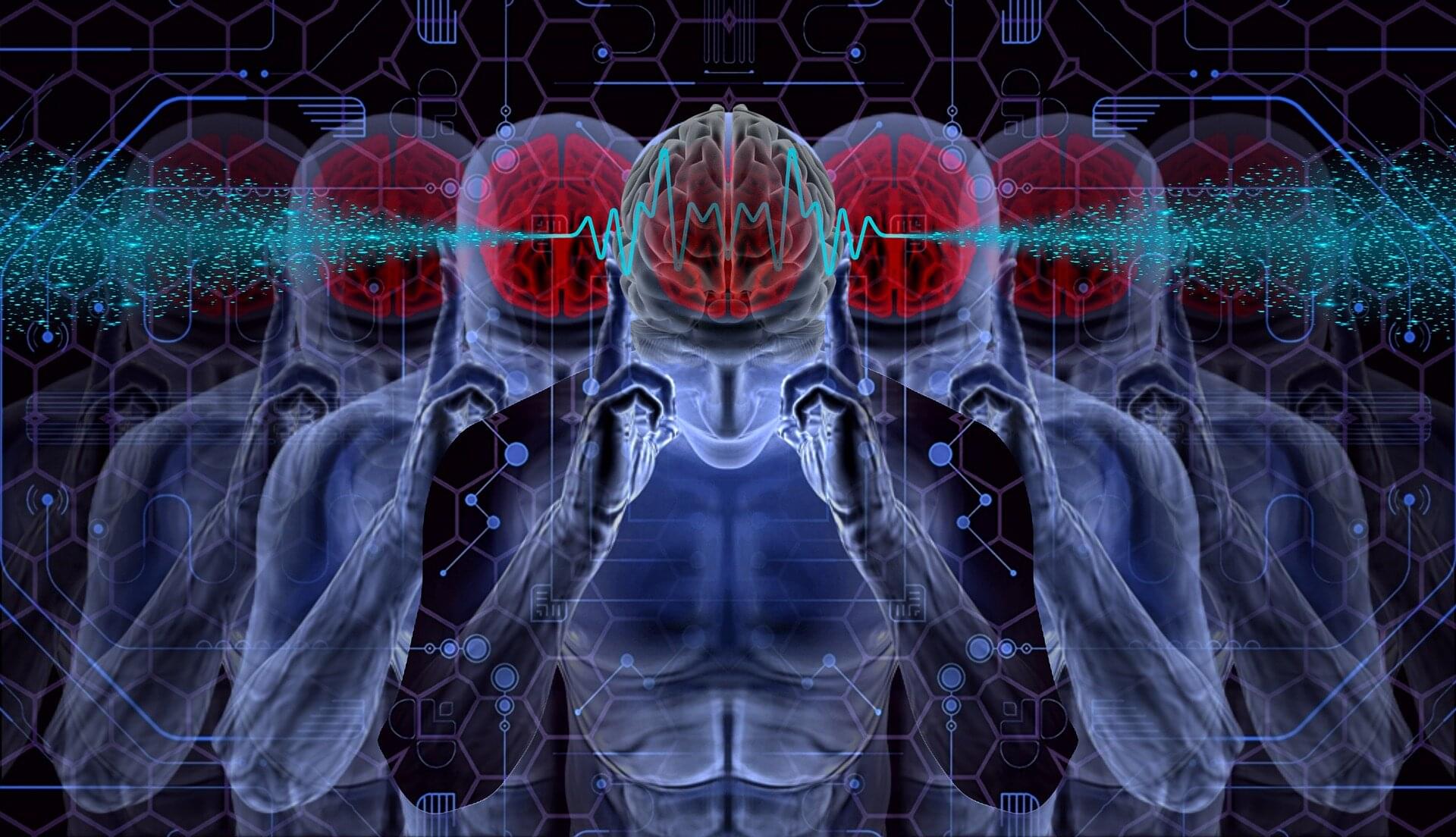Children with attention deficit hyperactivity disorder (ADHD) do not have a behavioral disorder, nor are they lazy, or lacking in manners and boundaries. Their brains mature in a different way, with different patterns of neurological activity and a number of neurochemical differences. For this reason, ADHD is considered to be a neurodevelopmental disorder.
These neurological imbalances manifest as attention difficulties, disorganization, or hyperactivity and impulsivity. While these are most noticeable in childhood, where prevalence is estimated at 5%, ADHD can persist into adulthood, where prevalence is 2.5% of the population. ADHD can therefore have social, academic and occupational impacts throughout a person’s life.
Although there are risk factors (such as mothers smoking during pregnancy or low birth weight), these have not been shown to directly cause ADHD. Genetic factors play a more significant role, as 74% of cases are hereditary.
